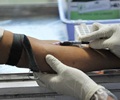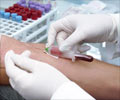The revised Clinical Practice Guidelines (CPGs) on the management of hepatitis C virus infection (HCV) (1) were published by the European Association for the Study of the Liver (EASL).
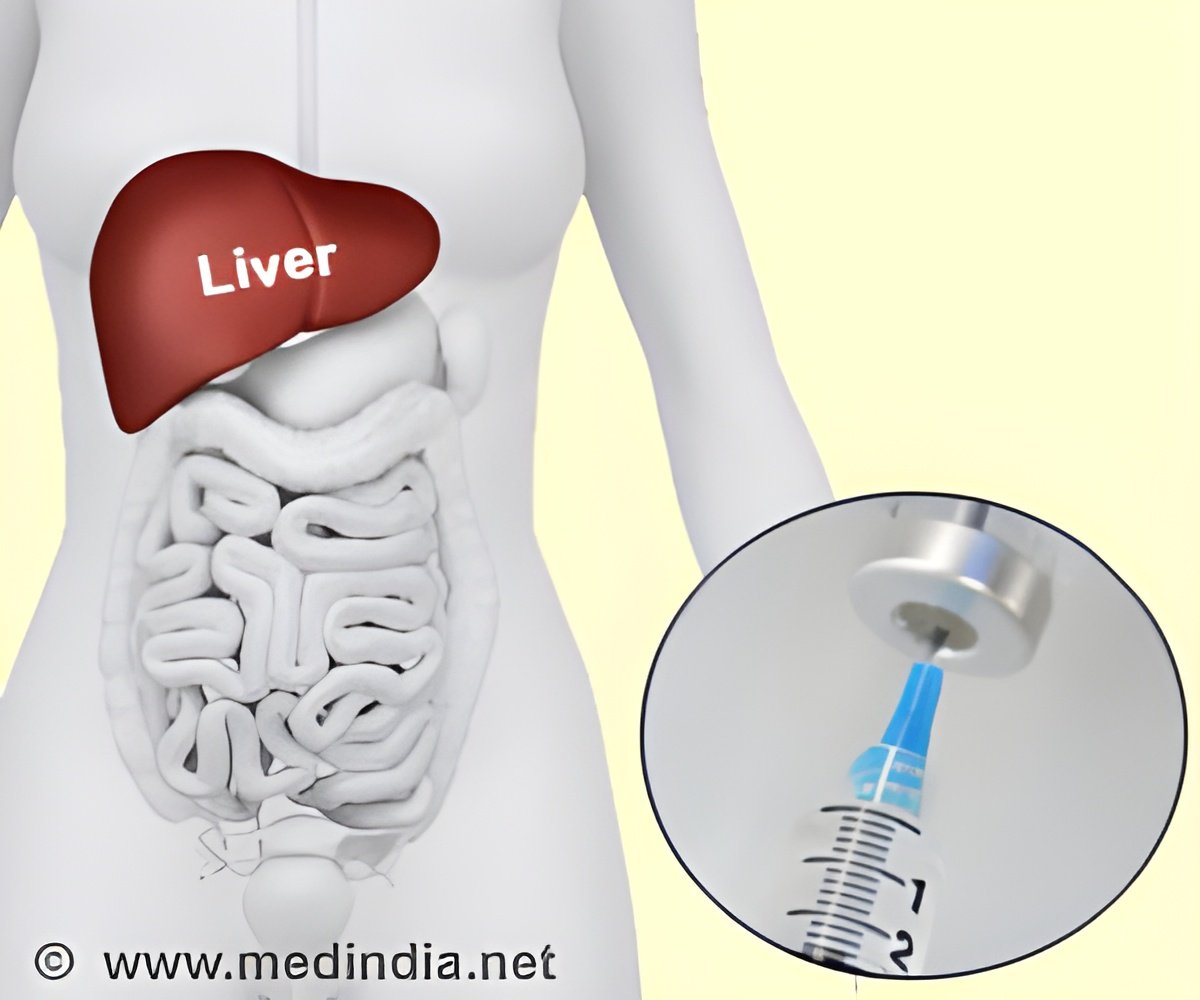
HCV CPG co-chair reviewer and consultant hepatologist at Queen Elizabeth Hospital, Birmingham, Professor David Mutimer said: "As our understanding of HCV increases and therapies evolve, more complex treatment strategies are necessary to achieve the primary goal of curing the infection.
"Since EASL published the last HCV CPG in 2011, two protease inhibitors have been approved for use in patients infected with HCV genotype 1. These first-generation direct-acting antivirals are the first of many direct acting antiviral drugs which will revolutionise treatment for HCV patients, including those who failed to respond to previous therapies. The new guidelines provide essential information on the recommended use of these newly licensed drugs to help prescribers deliver optimal care for their HCV patients."
Based on a systematic review of existing literature, the CPGs provide best practice recommendations on a number of key areas:
- Current standard of care and developing therapies
- Diagnosis of acute and chronic hepatitis C
- Goals and endpoints of HCV therapy
- Indications for treatment and who should be treated
- Treatment strategies for different viral genotypes
- Treatment monitoring including virological response-guided triple, and dual therapy
- Monitoring treatment safety
- Treatment of special groups including HIV co-infection, hepatitis B co-infection and patients with other co-morbidities such as severe liver disease
- Re-infection following successful HCV treatment in patients at high risk (such as PWID)
- The burden of chronic HCV and advanced liver disease among ageing cohorts of PWID
Commenting on the CPGs, EASL Secretary General Professor Markus Peck-Radosavljevic said "EASL is dedicated to promoting hepatology research and education to improve the worldwide treatment of liver disease. As treatment for hepatitis C continues to progress rapidly with the development and approval of new therapies, it's vital to ensure that our series of Clinical Practice Guidelines reflect best practice to drive better clinical outcomes.
Source-Eurekalert
 MEDINDIA
MEDINDIA

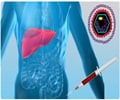
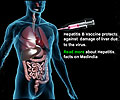
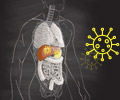
 Email
Email
